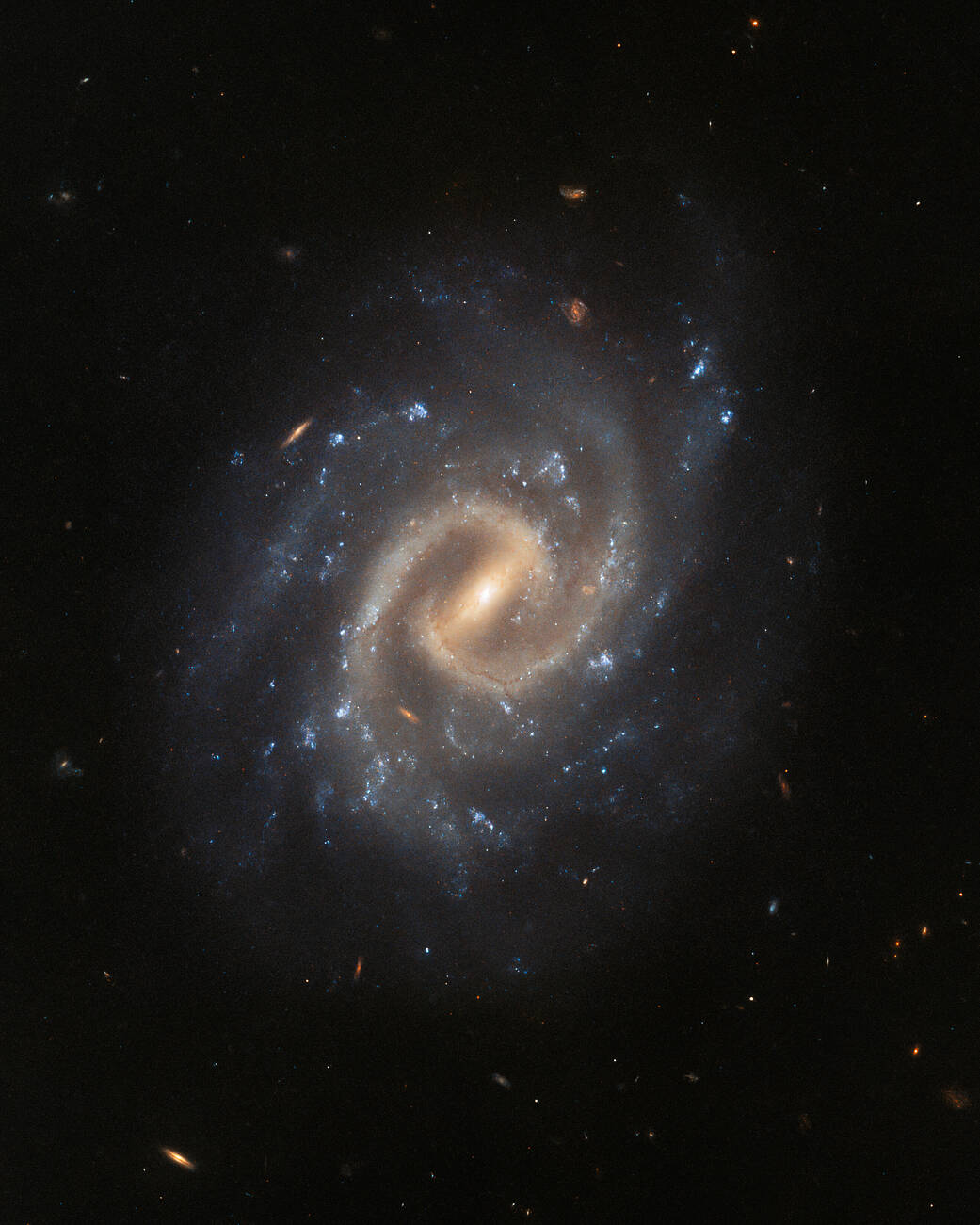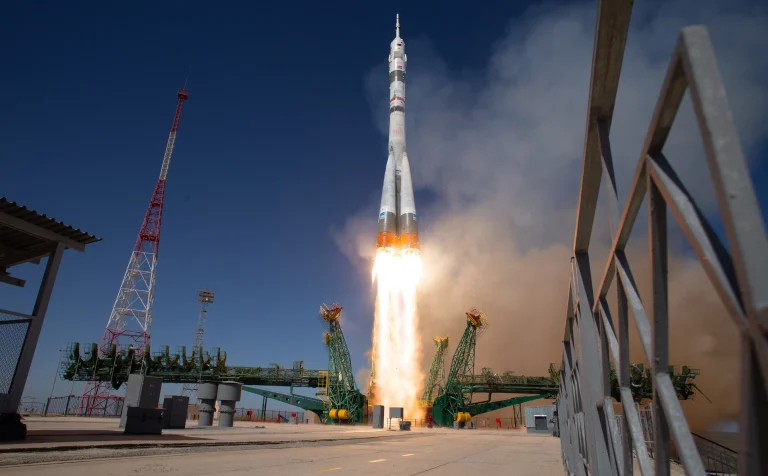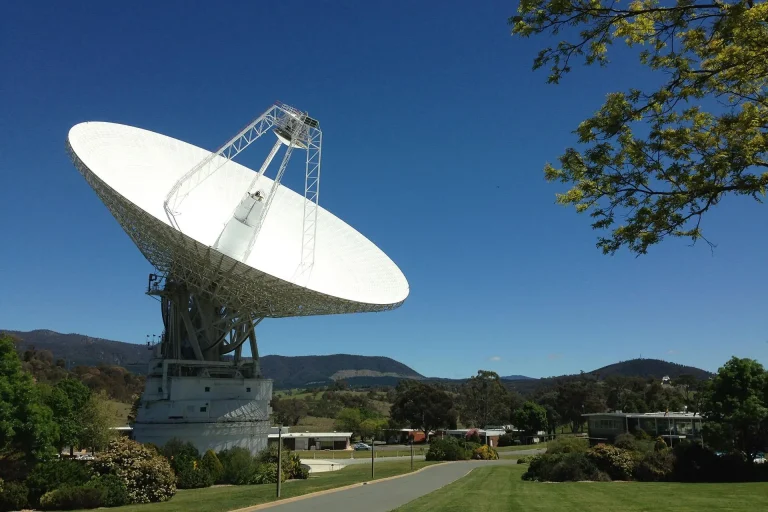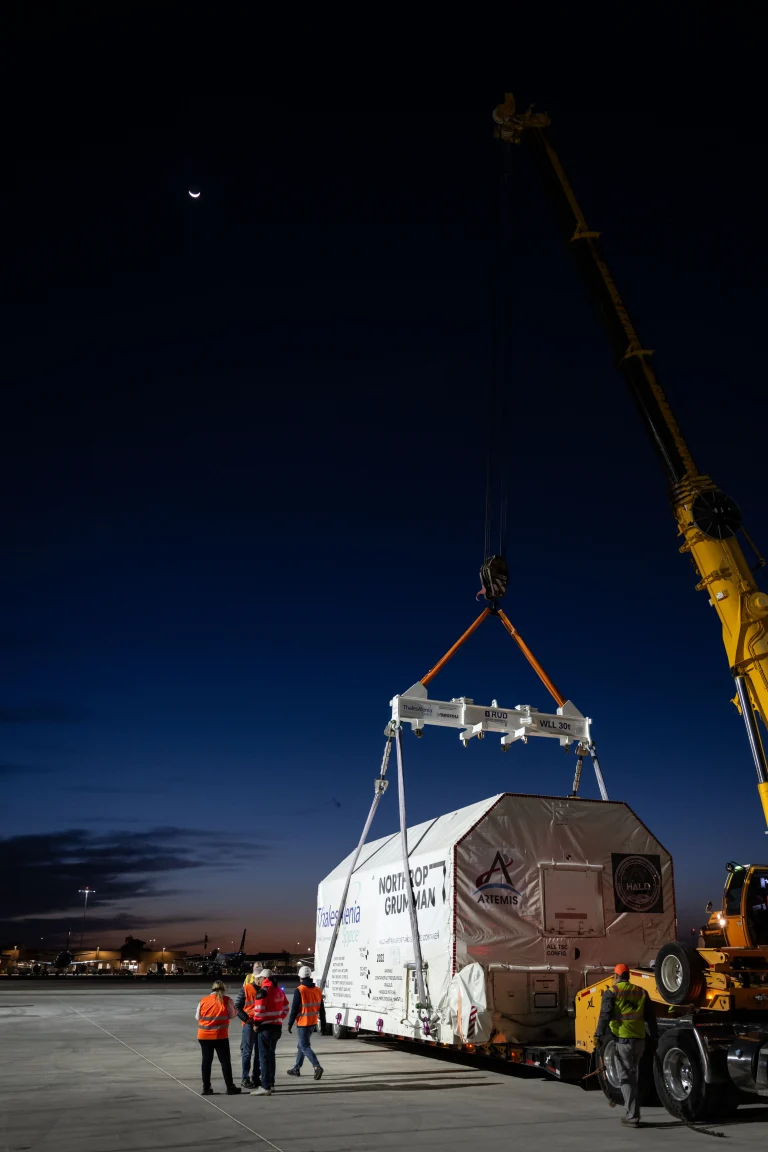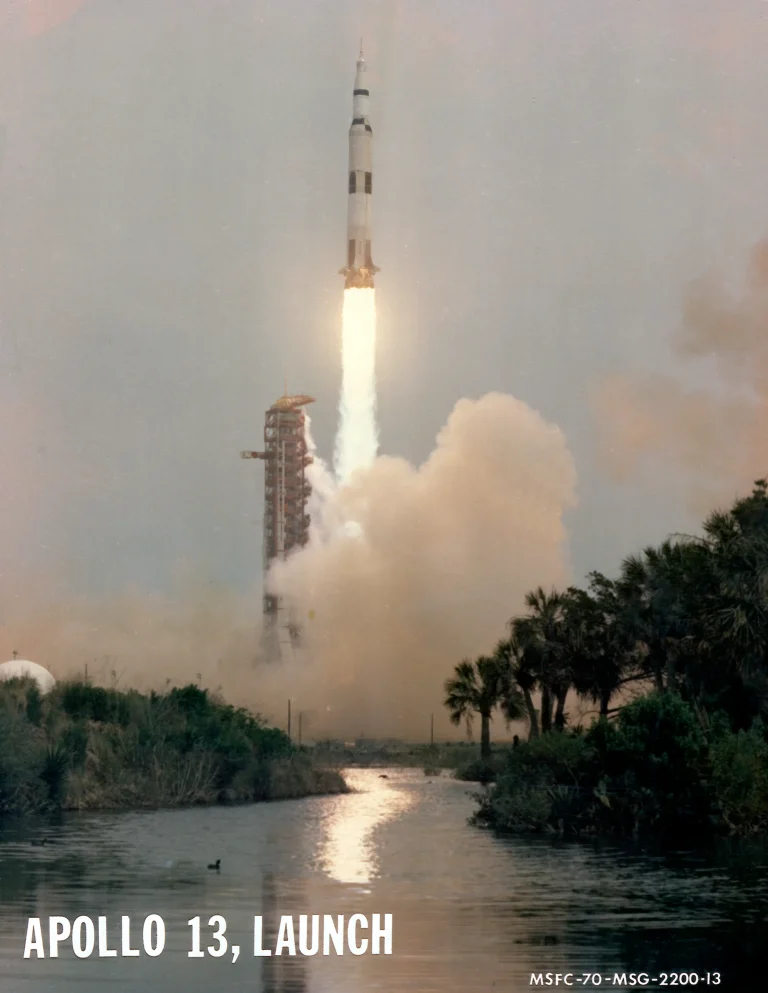The tranquil spiral galaxy UGC 12295 basks leisurely in this image from the NASA/ESA Hubble Space Telescope. This galaxy lies around 192 million light-years away in the constellation Pisces and is almost face-on when viewed from Earth, displaying a bright central bar and tightly wound spiral arms.
Despite its tranquil appearance, UGC 12295 played host to a catastrophically violent explosion – a supernova – detected in 2015. Supernovae are the explosive deaths of massive stars and are responsible for forging many of the elements found here on Earth.
Two different teams of astronomers used Hubble’s Wide Field Camera 3 to observe UGC 12295 and sift through the wreckage of this vast stellar explosion. The first team examined the supernova’s detritus to better understand the evolution of matter in our universe.
The second team of astronomers also explored the aftermath of UGC 12295’s supernova, but their investigation focused on returning to the sites of some of the best-studied nearby earlier supernovae. Hubble’s keen vision can reveal lingering traces of these energetic events, shedding light on the nature of the systems that host them.
Text credit: European Space Agency (ESA)
Image credit: ESA/Hubble & NASA, A. Filippenko, J. Lyman
在这张由NASA/ESA哈勃太空望远镜拍摄的照片中,宁静的螺旋星系UGC 12295悠闲地晒太阳。这个星系位于大约1.92亿光年之外的双鱼座,从地球上看,它几乎是正对地球,显示出一个明亮的中央棒状结构和紧密缠绕的螺旋臂。
尽管外表平静,UGC 12295还是在2015年发生了一场灾难性的剧烈爆炸——一颗超新星。超新星是大质量恒星的爆炸死亡,是地球上许多元素形成的原因。
两个不同的天文学家团队使用哈勃的广角相机3号观测了UGC 12295,并筛选了这场巨大恒星爆炸的残骸。第一个团队观测了超新星的碎屑,以更好地了解我们宇宙中物质的演化。
第二个天文学团队也探索了UGC 12295超新星的余烬,但他们的研究重点是回到附近一些被研究得最好的早期超新星的地点。哈勃的敏锐视觉可以揭示这些高能事件的残留痕迹,揭示它们所在系统的本质。
文稿来源:European Space Agency (ESA)
影像来源:ESA/Hubble & NASA, A. Filippenko, J. Lyman

